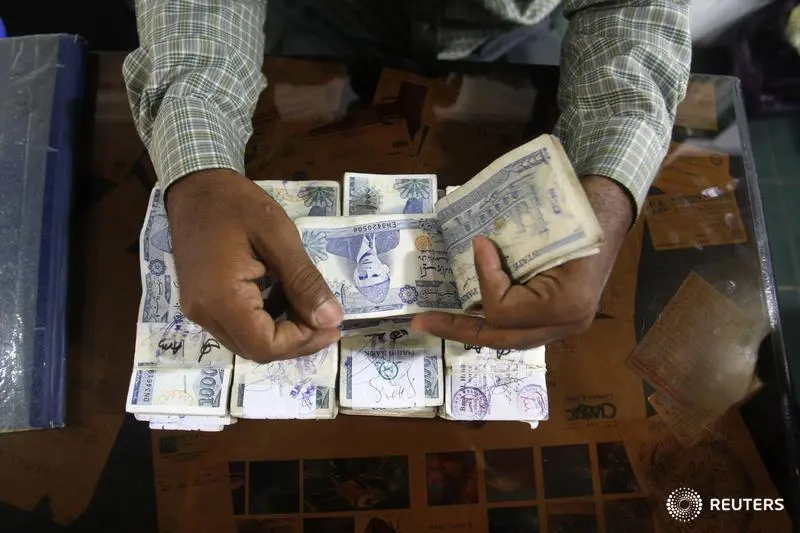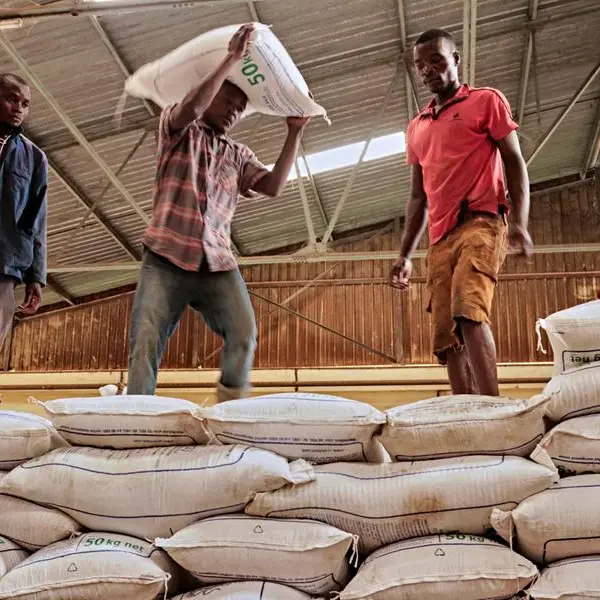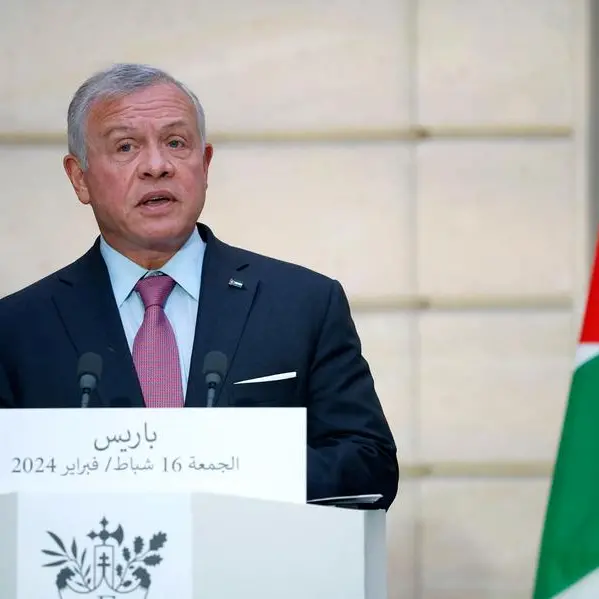PHOTO
Plagued by a tumbling economy, falling forex reserves and balance of payment crisis, Pakistan's currency and equity markets closed on a weaker note on Monday. Both lost massively after Islamabad approached the International Monetary Fund (IMF) for a bailout package and due to the impact of the global equity sell-off.
The rupee dropped to an all-time low of 36.44 against the UAE dirham on Monday morning, but recovered slightly later in the day. The currency, which has lost nearly 21 per cent since January 1, was devalued five time since December 2017.
Experts and analysts expect that Pakistani currency will remain under pressure and could be devalued further against the UAE dirham and US dollar to meet the IMF's conditions for the bailout. The State Bank of Pakistan let the rupee devalue last week by nearly 7 per cent ahead of talks with the IMF.
Rajiv Raipancholia, CEO, Orient Exchange, said the rupee appreciated to 35.8 against the dirham on October 12 along with other Asian currencies due to the US dollar's weakness.
"Today, the rupee was trading at 133.10 against the dollar, or 36.23 against the dirham, during early morning hours. It can fall to 135 against the dollar, or 36.75 against the dirham, in the coming days as the IMF feels the rupee is still overvalued and could further depreciate to 145 against the dollar and 39.50 against the dirham," he said.
Sudhesh Giriyan, COO, Xpress Money, also attributed the decline in the rupee to various reasons such as the country's widening current account deficit and deteriorating foreign currency reserves.
"From an economic point of view, this situation can lead to inflation and rise in fuel prices in the country. However, Pakistani expats can greatly benefit from better exchange rates. We have seen a surge in remittances each time the currency has devalued as expats get more value on their money transfers," Giriyan said.
Though the media in Pakistan has reported that Islamabad will seek an $8 billion loan from the IMF but the Institute of International Finance (IIF) on Friday said the bailout could top $15 billion due to $5 billion roll-over debt and maturity of $1 billion sukuk in March next year.
Islamabad is trying to stabilise the economy as it battles the balance of payments crisis amid a shortage of dollars and dwindling foreign currency reserves. Analysts expect these challenges will keep the currency under pressure in the coming weeks and the rupee could touch 40 against the dirham in the near future.
On Monday, the Pakistan stock exchange plunged more than three per cent, or nearly 1,100 points, in early trade and hit a 2-year low but recovered later to close the day at 36,767 points, a decline of two per cent, or 750 points. The market has lost nearly 10 per cent since October 1.
Commenting on volatility in the equity market, Raipancholia said it was uncertainty driven panic that triggered the October 8 stock market crash in which the KSE-100 Index fell 1,328 points, the biggest one-day decline in the last 15 months. Since there is no change in circumstances, the equity fall is likely to continue.
Copyright © 2018 Khaleej Times. All Rights Reserved. Provided by SyndiGate Media Inc. (Syndigate.info).












